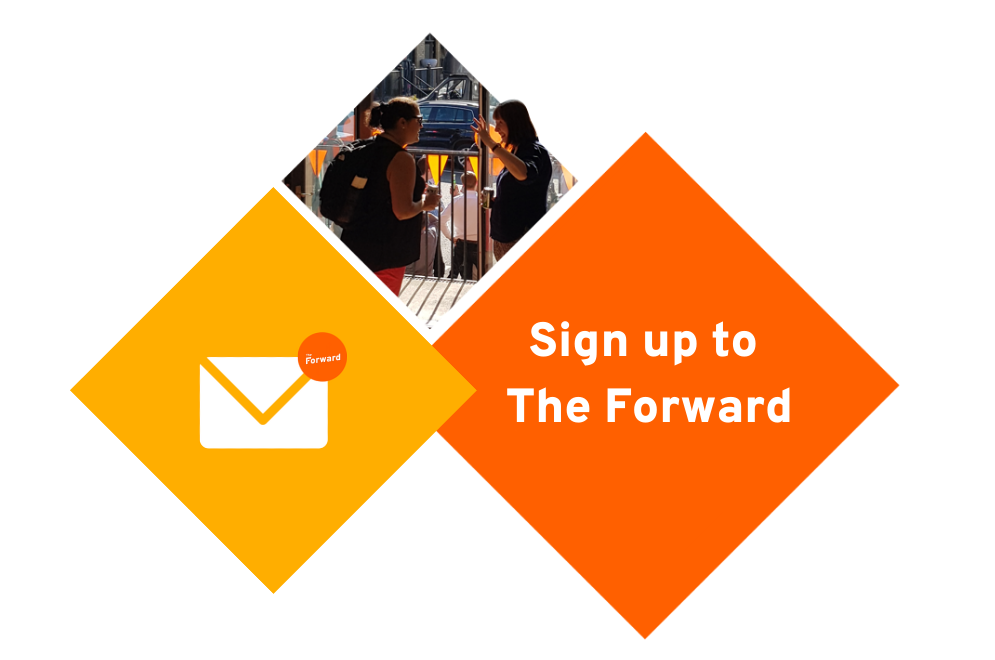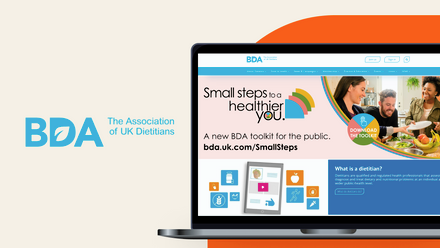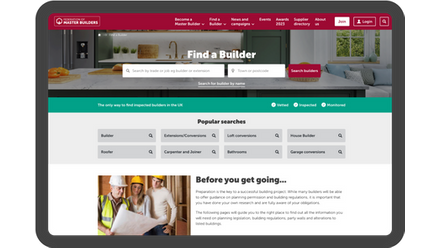CDP – why it’s a game-changer for marketers
Do you lurch from exhilarated, to overwhelmed by the amount of member data stored across stand-alone systems?
You know it’s possible but understanding and reacting to the amount of data you hold about your customers and their behaviour can be overwhelming.
Recent research by the CDP Institute highlighted some of the top benefits that CDP (customer data platform) can help organisations to achieve with their data. They include: Personalisation (70%), Customer Insights (65%), and Measure Across Channels (51%).
"Recent research by the CDP Institute highlighted some of the top benefits that CDP (customer data platform) can help organisations to achieve with their data. They include: Personalisation (70%), Customer Insights (65%), and Measure Across Channels (51%)."
Some of the main bugbears that CEOs, marketing and technical specialists experience around data systems are:
- Difficulty merging and sharing data between multiple sources
- Lack of confidence in data integrity from a GDPR perspective
- Past experience of systems that do not enable them to exploit their rich data sources
However, for every technical problem, there is ALWAYS a solution. For me, I find that a CDP gives you much more flexibility and potential. It is a much more logical and impactful way of linking a range of systems, particularly: CRM, CMS, EMS, ESP and Finance.
How is CDP different to other well-known approaches?

Here’s why it’s important
When clients use a CDP, there is the potential to realise several benefits. Here’s a few of the most impactful:
- Unified customer data – collate data from multiple sources to create a single (360 degree) customer view
- Persistent – CDPs can store and read data from external source systems
- A packaged system – CDPs can contain pre-built marketing databases and packaged tools to make database creation and operation easier. Some CDPs have additional functionalities built in, like BI, analytics, reporting or tracking
- Real-time capability – because data is persistent, it is available to act on in real-time
- Open access – CDPs can ingest all types of data sources and give open access to other systems.
How does data connect with real-time personalisation?
For me, it’s about creating rules and conditions (or filters) based on the shape of data contained within the CDP in conjunction with a personalisation strategy. Targeted deployment of these rules across as many channels of engagement as possible delivers highly personalised, relevant and timely content to users with minimal manual intervention.
What does this offer your membership organisation?
Here are a few examples of what CDP can deliver for your organisation:
- If an email to a member bounces, automatically ask a member to confirm their email address on their next visit to your website
- Encourage a member to update their personal details via a combination of email and website prompts
- Provide a nudge to members to attend the next session at your conference which is starting in 10 minutes
- To understand swiftly why a member did not attend an event by delivering a triggered email from the event organiser, linking to a survey and suggesting other relevant upcoming events to attend
Using a CDP can deliver many benefits. This technology has the power to enable your organisation to deliver a truly personalised experience to your membership, boost satisfaction, save staff time and deliver your business objectives.






